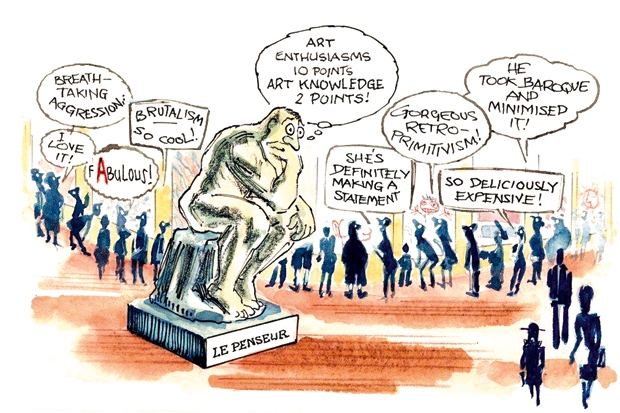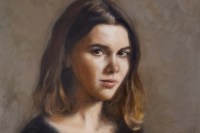When I think back to history lessons at school, the predominant focus was always on war. From the Battle of Hastings to the Battle of Agincourt, the Crusades to Nazi Germany, the curriculum seemed jammed full of stories about aggressive military affairs. Fascinating, but it was a relief to reach sixth form and discover another way to study the past — through a cultural lens, via the history of art.
History of art is often viewed derisively in the UK. It’s almost ignored by the state system, yet is offered by many independent schools. Because of this, it’s seen as a ‘posh’ choice, in much the same way classics is. A–level history of art is available at only 17 state secondary schools out of more than 3,000, plus a further 15 sixth-form colleges. By contrast, more than 90 independent schools offer it.
There’s no particular reason why history of art should be confined to independent schools — but for a long while it has been, and as a result, pupils from the private sector dominate university courses in the subject. Things aren’t helped by Kate Middleton (who studied history of art at Marlborough College and then at St Andrew’s) standing in front of Paul Emsley’s hopeless portrait of her in the National Portrait Gallery, saying it’s ‘brilliant… Amazing… Absolutely brilliant.’ Nice girls saying nice things about paintings that aren’t nice shouldn’t be the point of the subject. It’s a meaty one, when it’s allowed to be.
This is something which many of Britain’s independent schools recognise. Offering history of art allows them to include topics on the curriculum that traditional history lessons scoot round — the Belle Epoch, say, seen through the work of the Impressionists, or the Reform-ation, as examined through the Dutch Golden Age.









Comments
Join the debate for just £1 a month
Be part of the conversation with other Spectator readers by getting your first three months for £3.
UNLOCK ACCESS Just £1 a monthAlready a subscriber? Log in